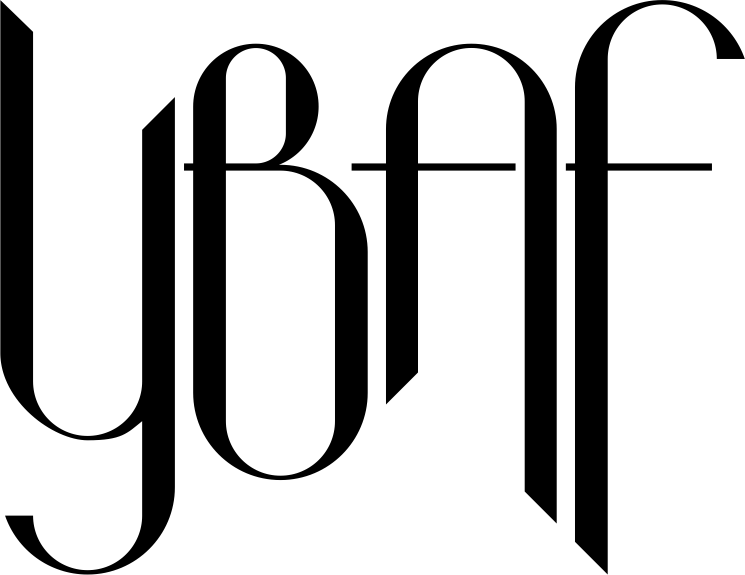impossible to find
Victor Ehikhamenor, Imran Qureshi, Kevork Mourad, Roberto Pugliese, Walid Siti
To lose orientation and find it again. Some have an extraordinary sense of direction, some struggle to follow directions on a map. Some can’t even read a map, believing it is an obsolete tool. Yet, in first place, maps have always stood for their symbolic value rather than instrumental: for historians, they established the standards for an idea to become dominant; they modify people’s beliefs as their figurative geography. For long time, communities have transferred their symbolic system on them as a way for representing the world. When Jerry Brotton wrote A History of the World in Twelve Maps, he drew a history that underlines the tangled plots of power dynamics linked to geography and geopolitics by describing some historical geographic maps, up to Google Earth. The map was conceived as a symbolic representation of the world, of a circumscribed space, certain and concluded, comforting and thus controllable. The definition of these boundaries produce a given representational system, in which the continuous alternation of roles defines possible strategies of domination – both cultural, political and anthropological. However, it is again starting from the delimitation of these boundaries that the creation of a more or less shared identity is realized. This is the reason why a discourse on the map raises more questions than answers. When in the XVIII century scientific cartography began to wonder if it was possible to imagine a standardized map of the world, the paradoxical nature of the question began to emerge clearly: it is not possible to know the world without a map nor to represent it in a definitive or univocal way through it. We face, at an unconscious and liminal level, an imposed geography, which traverses’ history as it suffers the sediment of time. Nevertheless, peoples, communities and individuals periodically redefine the geographies of places, creating spaces of freedom in which traditions and customs – the cultural habitus – outline an ideal
genetic background that is itself part of an imagined geography. The map and its counterpoints: an ideal geography in which the overcoming of time-space coordinates guarantees a more or less evident overturning of customs and, with them, of what is given, once and for all. Microcosms and micro-stories intersect and overlap, looking for a tangent that crosses over the uncertain and prolific territory of the absence of coordinates. In 1894 the anarchist Martial Bourdin carried out a bomb attack against the Royal Observatory in Greenwich Park in London. Bourdin revealed nothing regarding the attack, neither the intentions nor the instigators. The historical hypothesis is that the target of the attack was the clock that marked the time for Londoners since 1852, and that became the National Standard Time in 1880. However, at the time Greenwich was not only the symbol of English time, but it has been already for ten years the site of the meridian from which UCT, the coordinated universal time, is calculated. In the loss of coordinates and in the regime of trespassing, art lies as a privileged guarantor of the will to map the unspeakable, and of the possibility of circumscribing what is essentially impossible to circumscribe. Trough the rethinking of time and space references and the attempts to redefine and distort definite coordinates, art experiences a parallel symbolic universe – an impossible geography – in which the other becomes the constantly changing reflection of an absolutely original and necessary horizon. The works of the artists involved in the project – Victor Ehikhamenor, Kevork Mourad, Imran Qureshi, Roberto Pugliese, Walid Siti – all different in their practice and sensitivity – demonstrate the infinite possible combinations in mapping a place or a space by means of painting, drawing, installation, sound art, and onsite work. The specific expressive practices of Ehikhamenor, Mourad, Qureshi, Pugliese, Siti achieve multiple different formal outcomes, emphasizing the possibility of defining an imaginary map that is the result of the processing of moving and changing coordinates. The artists all convey an element of continuity resulting by the confrontation of their practices with an extensive and fluid notion of geography and map, in which the imaginative potential and the vital power of tracing new coordinates is transferred by the selection of media and by numerous expressive types. A sensitive mapping is the one that comes into play by means of the activation of the spheres of subjectivity and perception: space becomes permeable, it filters the infinite solicitations that run through it, creating a renewed alphabet modulated on assonances but also on contrasts. Is it then possible to perceive the map as a sensitive represented universe, susceptible to infinite variations and never exclusively inscribed within a universally shared code? On the one hand, the map channels in itself an heterogeneous content of elements – both cultural, social, and historical – that determine its essence as a result of a series of decisions formerly matured and aimed at a conventional standardization of borders, in an attempt that still remains partial. On the other, it is here identified as a medium for experiencing the world from a multiplicity of latitudes through a gaze that overlaps, while branching out, to the uniqueness of the standard.
Curated by Angelica Gatto
the opening of latitude art space
Opening 21 November 2019 by invitation only, the new contemporary art space, LATITUDE will open for year round exhibitions, programming, special events and mostly educational and training programs and workshops.
From 22 November, the art space will be open to the public from Thursday – Saturday from 2pm – 7pm. A surprise announcement will also be made in regards to an international city event for 2020. This art space, designed for artistic action and education, with onsite experimentation, is for local and international artists in an effort to promote and develop Armenia’s burgeoning contemporary art scene.









